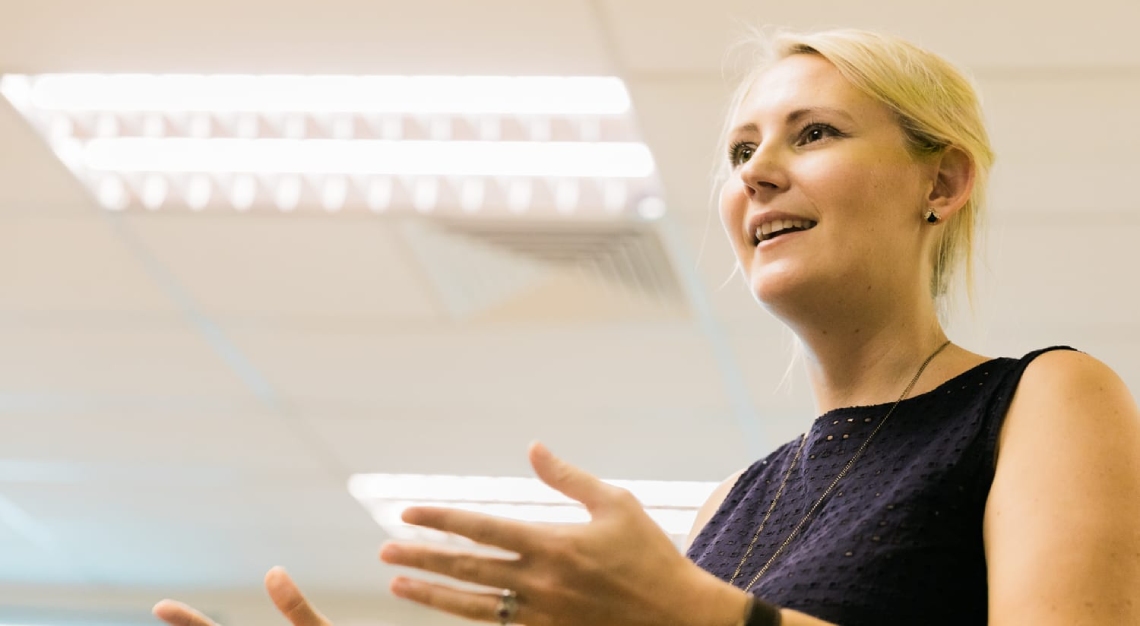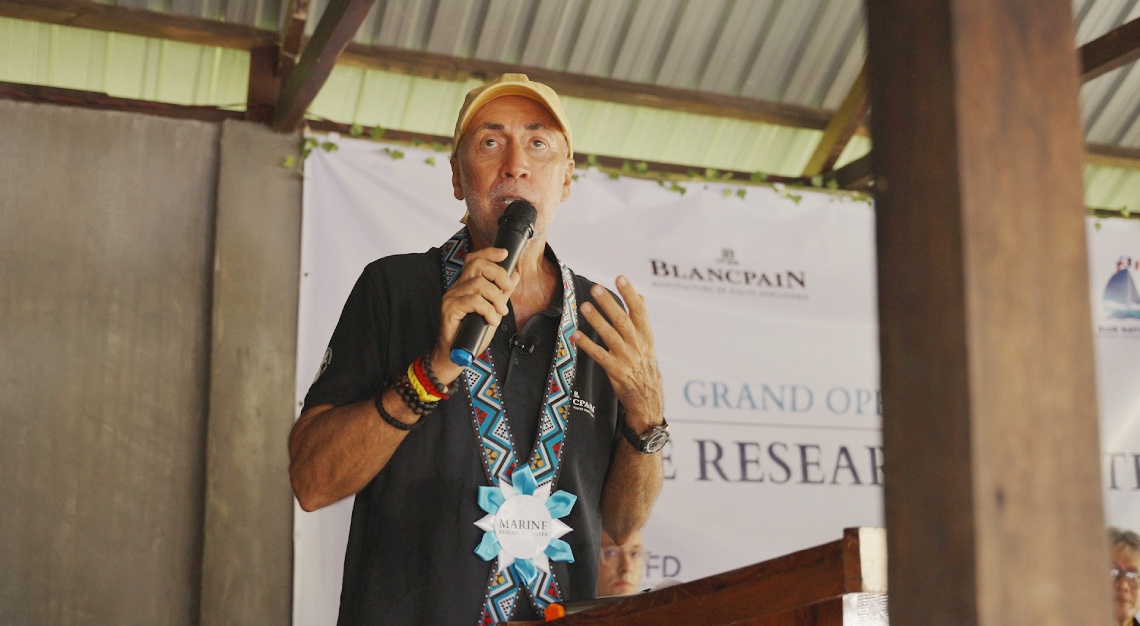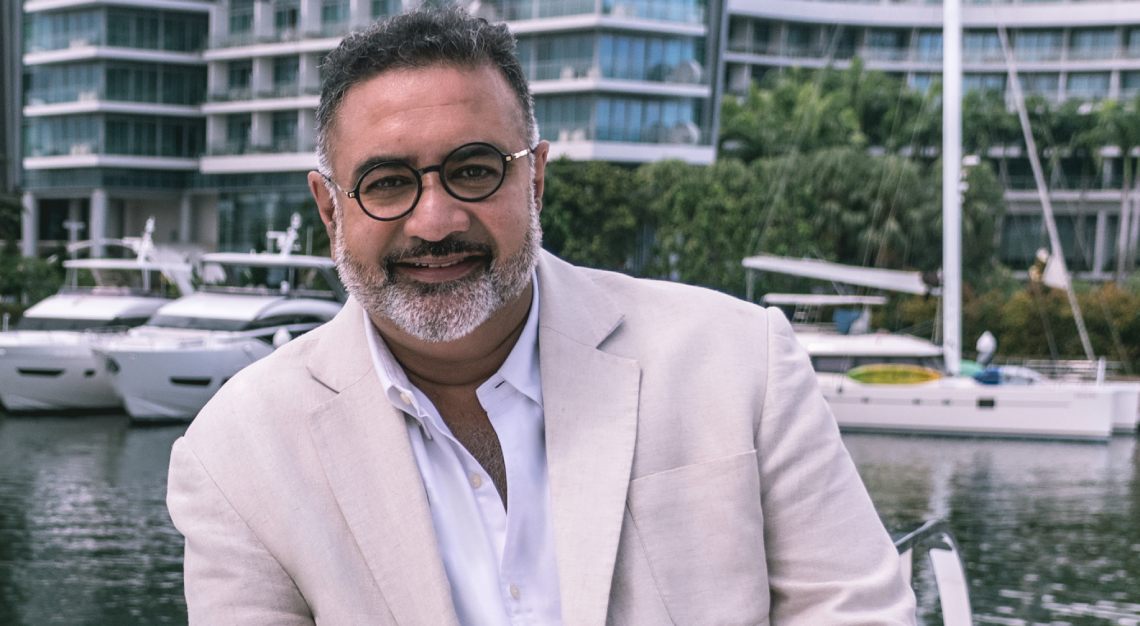With climate disasters on the rise, philanthropists are focusing their efforts toward protecting the planet
At the start of 2020, Chris Larsen, who made his fortune as co-founder of e-Loan and Ripple, among other technology start-ups, considered himself an advocate for the planet. “I always thought I was doing a good job on sustainability,” he tells Robb Report. Climate change was high on his list of priorities when elections rolled around, and after he started an online lending company, “I thought, ‘Think of all the paper applications I have eliminated’!”
But then the climate in Northern California, where he lives with his children, now aged 12 and 15, started becoming unbearable. In August 2020, there were so many fires in his area that it was unsafe to breathe the ash-filled air. “It was the height of COVID, it was August, and for two months the smoke was so thick you couldn’t go outside because it was dangerous,” he says. “The kids were in masks inside, and [I thought], ‘Wait a minute, this is an untenable situation’.”
On top of that, his family’s annual hiking trip to Yosemite, one they had been taking for 20 years, was cancelled because of the blazes. There were so many fires Larsen kept thinking, “There won’t be any trees left in California.” And his fears weren’t entirely unfounded.
As a philanthropist, he had donated to many causes. At the start of the pandemic, for example, Larsen gave US$5 million to food banks in the Bay Area. But after the summer of 2020, he realised he needed to dedicate all his efforts to mitigating climate change. “It was right in my face,” he says.
Through the Larsen Lam Climate Change Foundation, he has since contributed US$120 million to the fight, including helping many companies working on carbon-removal technology. “It’s about how to get innovative teams supported in the beginning and how do you help them scale,” he explains. “We have to suck 500 billion tons of carbon out of the atmosphere.”
Larsen has also bought a plant that converts garbage into green hydrogen and, in the hope of spurring more government action, has given money to groups urging Republicans to take up the cause, such as the Evangelical Environmental Network, which aims to make climate change an issue for devout Christians. “There is a big opportunity there because it would impact Republican primaries where climate doesn’t even rank,” he notes. And Larsen is on the hunt for even more entrepreneurs and non-profits to back. As he puts it, “Now I see climate as my number one job.”
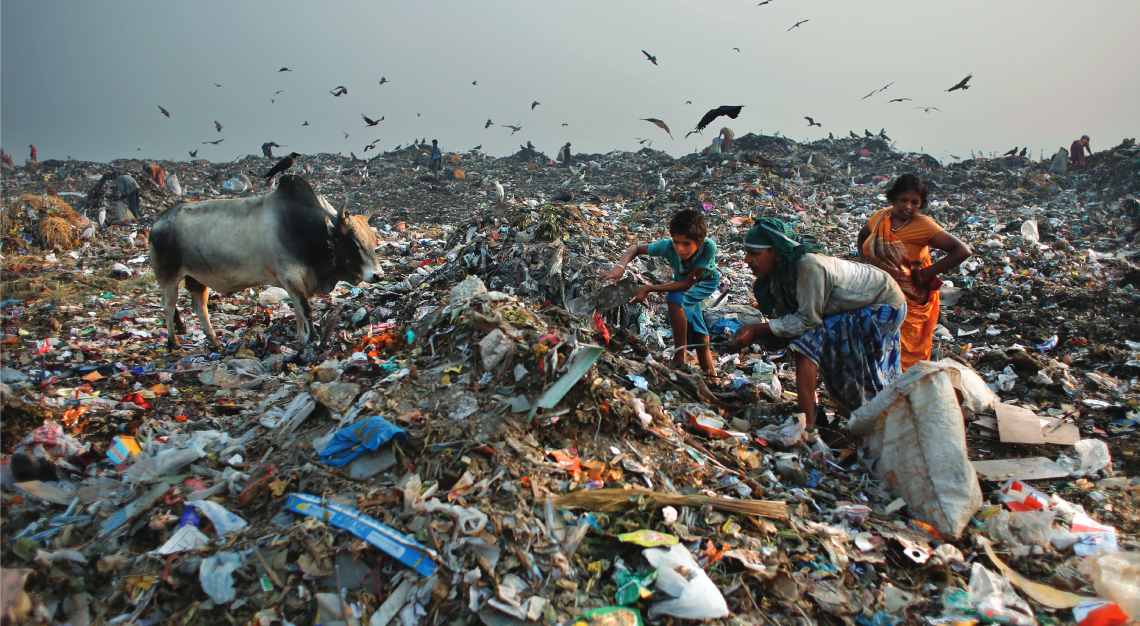
Larsen is among a growing cadre of billionaires giving record-breaking sums to the fight to preserve our planet. In 2020, Jeff Bezos announced he was committing US$10 billion. Laurene Powell Jobs, the widow of Steve Jobs, pledged US$3.5 billion. Last September, Patagonia founder Yvon Chouinard announced his family was giving away his company and transferring all future profits, estimated at US$100 million a year, to addressing climate change. Organisations that have been doing climate work for decades are reporting a sudden and massive increase in funding, enabling them to move more aggressively. New projects that are trying bold measures to lower emissions are filling their coffers easily and quickly.
“There is significant new money out there,” says Jorgen Thomsen, director of climate solutions for the MacArthur Foundation, which is based in Chicago. “It has brought the climate movement to a funding level we have never experienced before. The size and scale has been a game changer for many organisations.”
Last June, Harvard announced it was launching the Salata Institute for Climate and Sustainability, thanks to a US$200 million gift from Jean Salata, CEO of Baring Private Equity Asia, and his wife, Melanie. In September, Stanford one-upped its Cambridge, Massachusetts, rival. With a US$1.1 billion gift from investor and venture capitalist John Doerr and his wife, Ann, the Palo Alto, California, university launched an entire school—its first new one in 70 years—with the goal of developing both technological and policy solutions for climate change.
But time is of the essence. The scientific community’s consensus is that in order to avert the worst impacts of climate change and keep our planet habitable, we need to reduce emissions by 45 per cent by the year 2030 and get as close to zero as possible by 2050. So while climate philanthropy is on the rise, the question remains: Can we step up aggressively enough—and quickly enough—to save our planet.
This past summer, it was impossible to ignore the hazardous effects of climate change. Both coasts of the US experienced crippling heat waves; there were so many fires in the UK that the London fire department recorded its busiest day since World War II. Global droughts have started impacting our ability to feed the planet. “Funders see it and philanthropists see it,” says Thomsen. “Whether you call this a series of catastrophes, people are seeing the trends and feeling them in a way that in the past appeared to be a distant problem. It has helped drive more money into the space.”
One organisation that is attempting to act as both a booster and a clearing house for this type of philanthropy—one observer compares it to a concierge—is the three-year-old Climate Leadership Initiative (CLI), which is headquartered in San Francisco and backed in part by Christopher Hohn, founder of London-based hedge fund the Children’s Investment Fund Foundation. CLI connects donors to non-profits and to other like-minded benefactors. “Philanthropists are waking up because there are floods and fires and their children are reminding them about the science,” says Jennifer Kitt, the group’s president. “As they notice that there is something that needs fixing, they are thinking about the role of philanthropy.”
Larsen consulted with CLI, and so has John M Sobrato, a scion of the billionaire California-based real-estate clan. Sobrato tells Robb Report that his family’s foundation stepped up its climate-change funding after he and his children pressured the older generation. “Our interest in climate stemmed not from a specific event but from the growing influence of the second, my generation, and third generation of our family, who see climate change as the greatest existential threat,” he says.
Sobrato credits CLI with helping to get his large family on board with the same particular projects, homing in on criteria such as “tractability, strength of potential partners, urgency and equity”.
Now the Sobratos are leading the fight against the expansion of oil and gas drilling in the American Southwest’s Permian Basin, one of the largest remaining oil reserves in the world. They are also working with Indigenous peoples and local communities to protect tropical forests in South America.
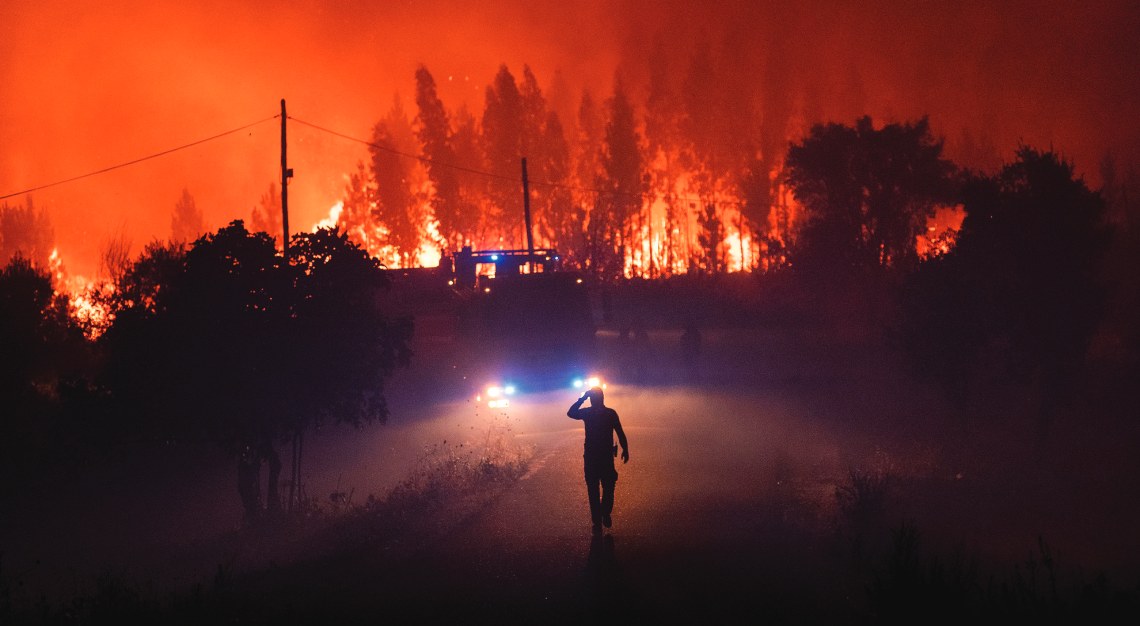
The Audacious Project, which was founded in 2018 and run by TED, also gathers groups of serious philanthropists—past participants have included MacKenzie Scott and Laura and John Arnold—and presents them with vetted projects they can help fund collaboratively. “It culminates in this one moment of saying, ‘Hey, what are you going to do’?” says executive director Anna Verghese. Last year’s meeting raised US$900 million for nine projects.
While The Audacious Project is issue-agnostic, Verghese says donors have become increasingly attracted to climate change. At the meeting that took place a few months ago, they talked about the topic with an urgency she hadn’t heard before. “Our donors believe in the data,” she says. “They often have kids who they are thinking about. It’s like, ‘What is the alternative?’ We need to address these issues now before it’s too late.”
Among the climate-oriented groups funded last year: Woodwell Climate Research Center, which is countering the problems caused by permafrost thaw; Tenure Facility, which is supporting Indigenous peoples to secure and defend 50 million hectares of forests; and Drive Electric, a global initiative with the sole ambitious goal of making 100 per cent of the world’s road transportation—passenger cars, buses, lorries, three-wheelers and motorcycles—electric.
The people running the projects say this approach has jump-started their efforts. Drive Electric relies on 70 partners around the world to lobby governments to change policies and work with manufacturers to switch to cleaner technologies, which not only reduce carbon emissions but also cut down on air pollution. “When I started this work 20 years ago, total global spend was less than US$10 million,” says Anthony Eggert, the senior director of ClimateWorks Foundation’s Transportation Program, which oversees Drive Electric. In the past year or so, however, he has observed a seismic shift. “[In 2021] total global spend was over US$120 million. [Last] year [we expect] it will be over US$150 million.” The Audacious Project has pledged another US$300 million for the next five years. Now Eggert says it’s on track to achieve its goal decades faster than initially estimated. By 2040 all new road-vehicle sales are slated to be electric, with buses making the shift as early as 2030 and cars by 2035.
“Philanthropy is finally stepping up to the challenge and recognising this is the moment where we need to make the biggest investment to date,” says Eggert, adding: “Now we can finally go to the next level.”
That all-in attitude has helped supercharge the movement. Walt Reid, vice president for environment and science at The David & Lucile Packard Foundation–housed in a net-zero-energy building in Los Altos, California–equates the way climate philanthropy worked even a few years ago to acupuncture. “It was like, if I have limited resources, what is the place I can push on the system and make it change?” he explains. “If I can get another US$1 million, what is the most effective thing I can do?”
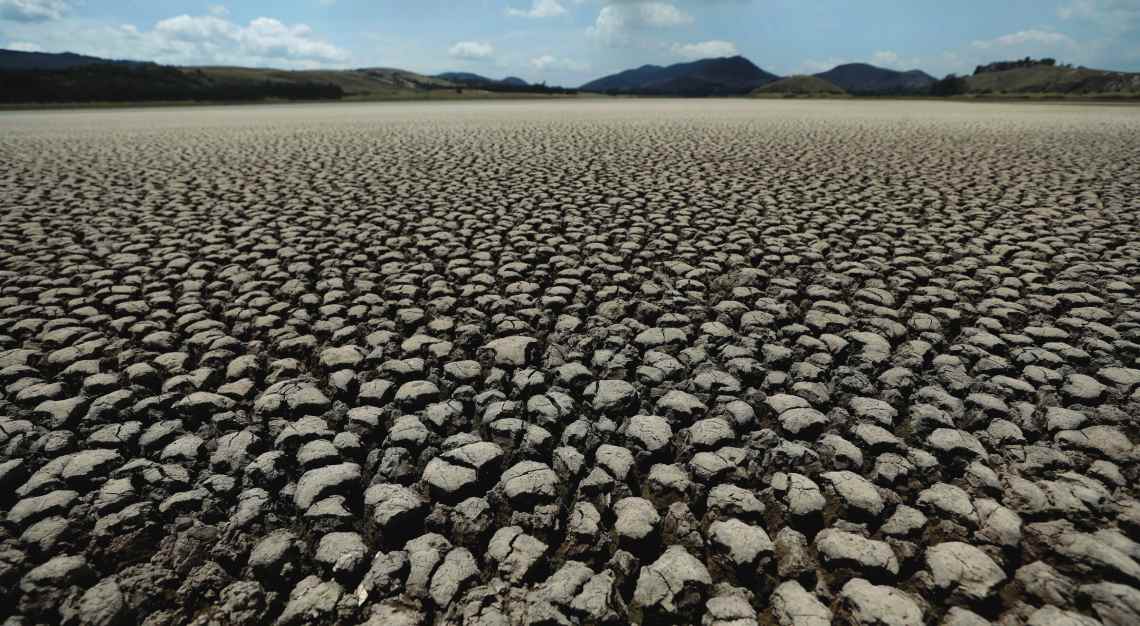
But in the past few years, as more people were willing to give big, executives overseeing climate initiatives started to think bigger. Rather than trying to solve a problem slowly and piecemeal, they considered what would be needed to fix the entire thing. “If you shape a strategy at scale to win, it becomes much more logical for a donor to provide funding,” Reid says. “If you are nibbling around the edges, it is not terribly exciting. But if you say, ‘This is what it would take to win. Even though it’s a lot of money, we can do this’, that is what gets donors excited.”
Reid compares the strategy to how major philanthropists funded COVID-vaccine research. “It was an immediate response at scale,” he says, with donors willing to spend whatever it took.
One of the foundation’s current focuses is ending deforestation, which along with unsustainable agricultural practices, is responsible for 25 per cent of global carbon emissions. In early 2021, Reid and other interested parties sat down and calculated what it would cost to stop and reverse deforestation around the world. “Rather than entering this with a mindset of scarcity,” he says, “we are saying, ‘What do we need to win?’ And maybe it’s possible to raise the funding.”
The number they came up with was more than US$2 billion over five years, and they’ve already raised nearly half. “This is finally starting to attract donors at scale’,” says Reid.
High-profile names behind some initiatives have also helped draw big donors. Ari Matusiak, an economic adviser in the Obama White House, has long believed that to solve widespread problems, you need to attempt more, not fewer, solutions. “When it comes to something as existential and big as the climate crisis, we should be trying lots of things and encouraging more and more shots on the goal in order to find the solutions,” he says. “This should be an era of incredible creativity, experimentation and ambition. This should not be a time of winnowing down or slowing down.”
So in the summer of 2020, he founded Rewiring America, a Washington, DC-based non-profit that works with businesses, consumers and governments to make everything that requires energy electric: “the machines we use in our day-to-day lives, how we dry our clothes, cook our food, what cars we drive”, offers Matusiak as some common examples.
Unlike most other climate initiatives, which employ experts to take the lead, this one asks the public to do their part by transforming their homes and businesses, or what Matusiak calls a modern-day Victory garden. “Unless we electrify everything in the economy that can be electrified, we have no chance of hitting our climate goals or coming, frankly, anywhere near them,” he says, citing financial benefits as well. “If we electrify all the machines we use in our day-to-day lives, it will result in the biggest wealth transfer from energy producers to American households in the history of the country.”
The organisation helps teach consumer groups how to install solar panels and set up electronic bank accounts. It also works with local and national governments—it was hands-on with the Inflation Reduction Act—to make clean energy accessible and provide incentives to switch.
Rewiring America is funded solely through philanthropy, and it received more than enough money to operate at scale from the get-go. One early supporter was Rockefeller Brothers Fund, the private family foundation run by the descendants of Standard Oil founder John D.Rockefeller that has been financing climate initiatives for years. But many of the other backers, both foundations and individuals, are new to climate philanthropy. “The community we are building are people who are ambitious and big-thinking in their view of how to tackle the crisis and not afraid to try new things because we didn’t exist a couple of years ago,” Matusiak says.
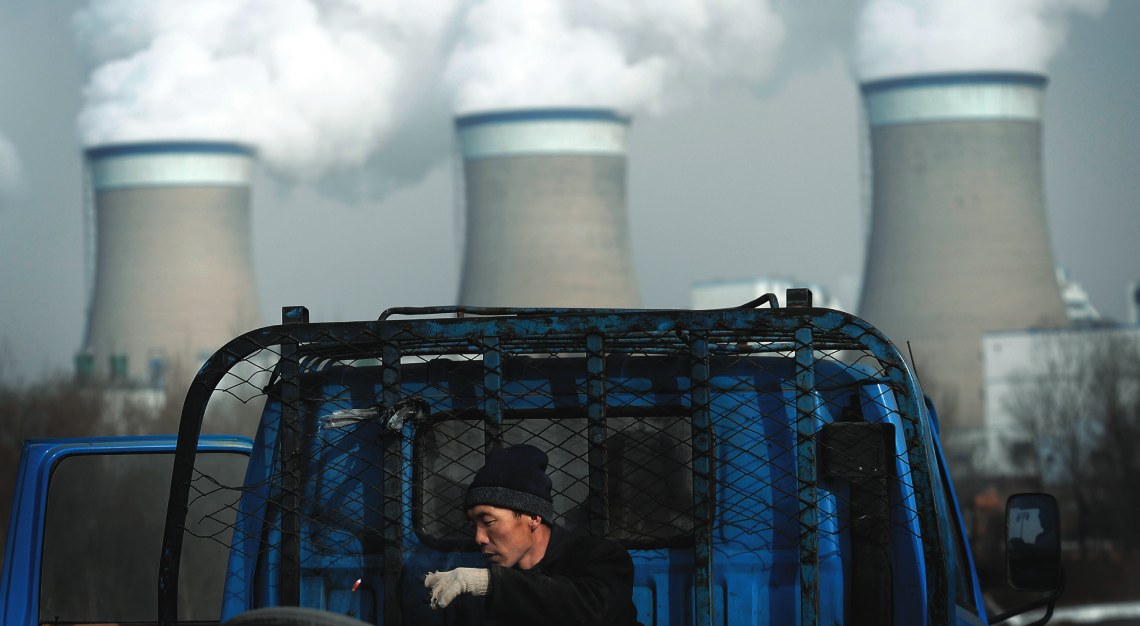
Despite the progress, philanthropists and non-profit leaders see much ground left to cover. “Moving philanthropy for climate impact has been hard,” says CLI’s Kitt, “maybe because it’s a newish problem or maybe because they thought the government would solve it.”
Kitt’s comment points to another formidable obstacle that remains. Politicians and the business community have yet to unite on the matter. “There is more fossil-fuel money for advertisement going against us, even with what we have managed to secure,” says MacArthur Foundation’s Thomsen. “So we have to be even smarter.”
But Reid, from the Packard Foundation, takes the optimist’s view that the dearth of large-scale federal initiatives could potentially spur even more private involvement. “The lack of government action causes philanthropists to work harder,” he says. “There is a recognition that this is a winnable thing if we can move the system fast enough.”
That ‘if’ is the operative word. Kitt recalls meeting with a climate scientist in San Francisco during the summer heatwave there. “I said something about how it was 108 (42 degrees Celsius),” she says, “and he smiled and said: ‘This is the coolest summer you will ever live in’.”


